Canvas fabric is one of the most popular materials today. With outstanding durability, sharp print quality, and versatile applications, canvas has become a top choice for many POD sellers. In this article, FlashShip will guide you through how to print on canvas fabric with the highest sharpness and colorfastness, from basic knowledge to the actual process, ensuring the best results for your products.
What is Canvas Fabric?
Canvas is a type of fabric woven from cotton or synthetic fibers (polyester, nylon, etc.) characterized by a tightly interlaced structure, creating a sturdy and durable textile surface. Originally, canvas was mainly used in applications requiring high durability, such as sails, tents, and sunshades. Nowadays, with the rapid development of digital printing technology, canvas fabric is widely applied in the Print-On-Demand (POD) industry, featured prominently in products like wall art, bags, backpacks, curtains, and decorative pillows.
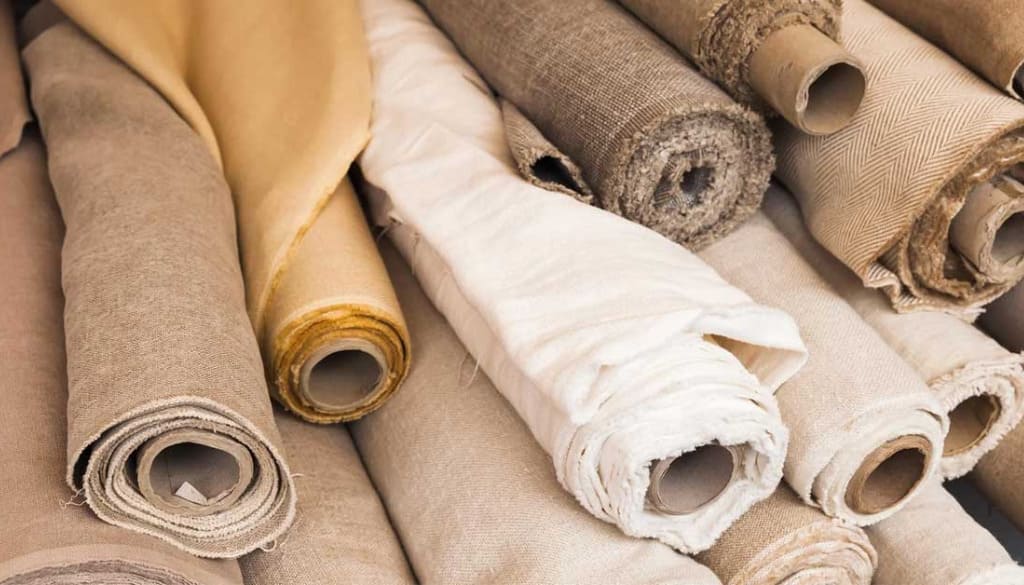
Notable Features of Canvas Fabric:
- Outstanding Durability: The tightly woven mesh structure composed of strong, thick threads gives canvas excellent resistance to wear, tearing, and tension. This is why it was traditionally used for sails and tents.
- Distinctive Surface Texture: Canvas fabric has a slightly rough and textured surface, providing a unique visual and artistic effect. This texture allows the ink to deeply penetrate and adhere to the fibers, enhancing image depth and clarity.
- Exceptional Color Retention: Canvas is considered “color’s best friend.” Its surface excellently absorbs and holds ink, ensuring printed designs remain vibrant, accurate, and remarkably colorfast over time, even under harsh environmental conditions.
- Environmentally Friendly: Canvas fabrics made from natural fibers such as cotton, linen, or hemp offer sustainable options, are biodegradable, and safe for users.
Popular Types of Canvas Fabric in the POD Industry:
In the POD field, various blended canvases are optimized for printing quality and cost-effectiveness:
-
- Cotton Canvas: The most common type, made from 100% cotton fibers, featuring a softer surface with excellent ink absorption capability, resulting in true-to-life printed colors. It is ideal for products like tote bags, pillows, and indoor wall art.
- Polyester Canvas: Woven from synthetic polyester fibers, this type boasts water resistance, wrinkle resistance, exceptional color durability, and excellent UV resistance. Polyester canvas is particularly suitable for outdoor or high-durability products.
- Blended Canvas (Cotton/Polyester): Combining cotton and polyester fibers (e.g., 65/35) results in a fabric that leverages the advantages of both materials, cotton’s softness and ink absorption, and polyester’s durability and wrinkle resistance. It is a flexible and economical choice for a wide range of POD products.
Popular Canvas Printing Methods
To select the most suitable printing method for their products, POD sellers need to clearly understand today’s popular Canvas printing techniques. Among these, the DTG and DTF printing technologies are the most prominent and widely used recently.
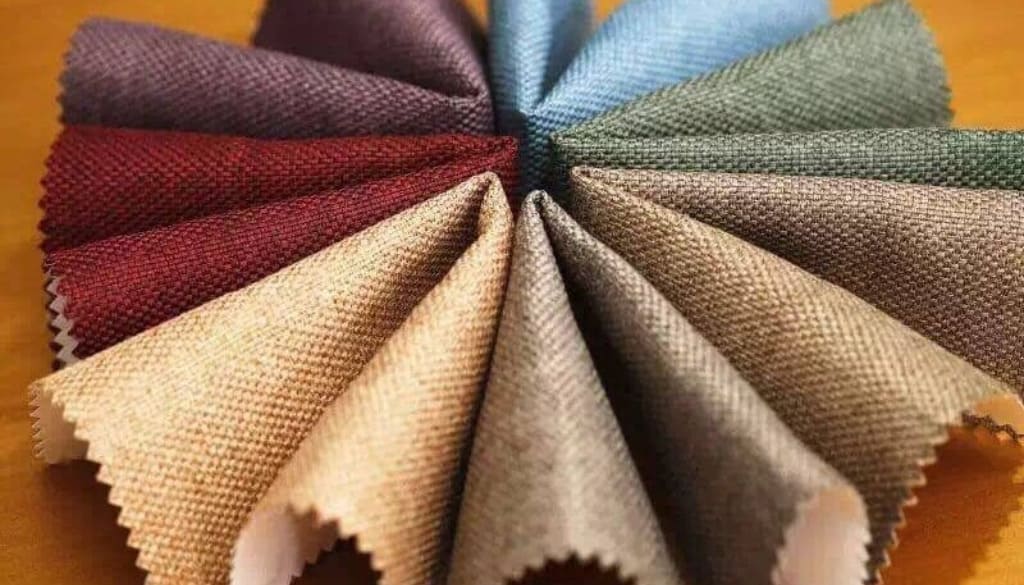
1. DTG Printing Technology
DTG printing technology involves digital printing directly onto the fabric surface using specialized print heads.
Advantages:
- Sharp and Vibrant Print Quality: DTG printers can reproduce high-resolution images with vivid colors and fine details, making them ideal for intricate designs.
- Quick Production Time: DTG technology is perfect for small quantities or personalized prints on demand, offering convenience for POD sellers.
- Unlimited Color Options: Allows sellers to print diverse and colorful images without worrying about traditional method limitations.
Disadvantages:
- High Costs for Large Quantities: DTG is more suitable for medium and small orders or personalized items.
- Regular Equipment Maintenance: DTG printers require meticulous printhead cleaning to prevent ink clogging and maintain print quality.
2. DTF Printing Technology
DTF printing technology involves using a specialized inkjet printer to print ink directly onto a dedicated film. This film is then heat-pressed onto Canvas fabric, transferring images perfectly, durably, and sharply.
Advantages:
- High Precision and Clarity: DTF printing delivers exceptionally clear image quality, accurately reflecting the original design.
- Colorfast and Strong Fabric Adhesion: DTF ink firmly adheres to Canvas fabric, reducing peeling and withstanding external physical impacts.
- Versatile Material Compatibility: DTF technology can be applied to various Canvas materials, from cotton and polyester to blends and even thick Canvas.
Disadvantages:
- More Complex Process than DTG: Additional steps involving film printing and heat pressing result in longer production times compared to DTG.
- High Initial Investment: DTF printing machinery and heat press equipment require significant initial investment.
What to Prepare Before Printing on Canvas Fabric?
To achieve the best print quality on canvas fabric, sellers must thoroughly prepare the following elements:
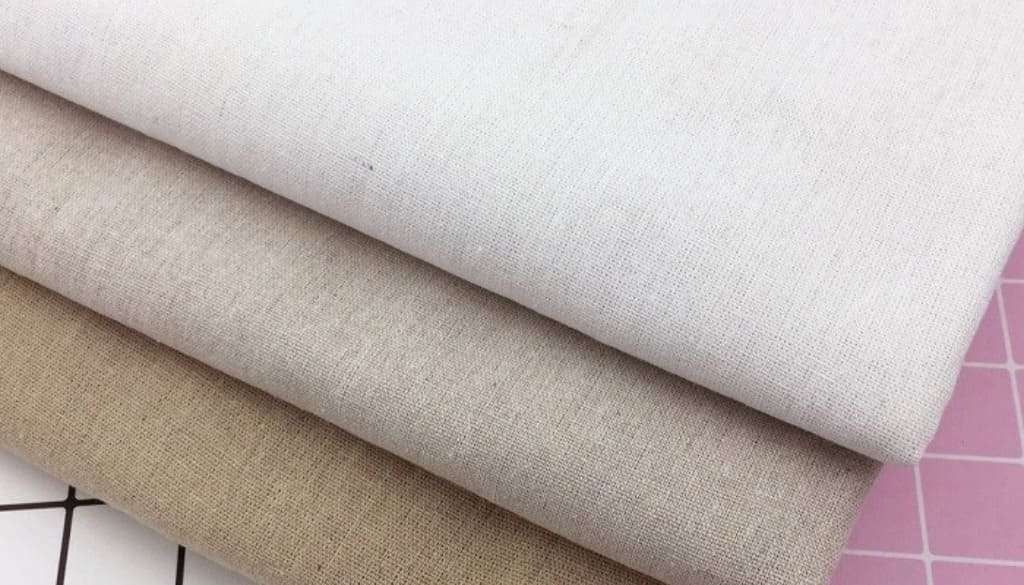
1. Design Image
This is the most critical step for sellers. A substandard design file will never result in a good print, regardless of how advanced the printing technology is.
Resolution:
- Essential for image sharpness.
- Golden Standard: Always design with a minimum resolution of 300 DPI (Dots Per Inch) at the actual print size.
Color Profile:
- Design: Use CMYK color mode when designing with software like Photoshop or Illustrator. This color profile has a wider color gamut and suits screen displays.
File Formats:
- PNG (Portable Network Graphics): Best for designs with transparent backgrounds. PNG compresses files without losing data, maintaining high image quality.
- TIFF (Tagged Image File Format): Very high-quality format, either uncompressed or lossless compression. Preferred by professional printers, though file sizes can be large.
- PDF (Portable Document Format): Common printing format capable of holding both vector and raster data while preserving fonts and layouts. When exporting, select “Press Quality” or “High Quality Print.”
- JPEG (Joint Photographic Experts Group): Suitable for photographic images, but this is a lossy compression format. Each save slightly decreases image quality. Only use JPEG at the highest quality when no other options are available.
Size and Bleed Area:
- Always design precisely according to the product’s print frame size.
- If your design extends to the edges (such as stretched canvas prints), add 3-5mm white space on each side. This area will be trimmed or folded post-printing to avoid unsightly white borders.
2. Canvas Preparation
- Clean and Flattened Surface: Ensure the fabric is free from dirt, lint, and wrinkles. Folds can disrupt printing, creating white streaks or image distortion.
- Surface Treatment (Depending on printing technology): Especially crucial for DTG printing, a specialized pretreatment solvent is sprayed onto the canvas and dried. This coating:
- Prevents ink from excessively penetrating and spreading, enhancing sharpness.
- Helps white ink (used for dark backgrounds) adhere better and enhances color vibrancy.
- Strengthens the bond between ink and fabric fibers, ensuring print durability.
3. Equipment and Environment Preparation
- Printer Inspection: Printheads must be clean and unobstructed to ensure consistent ink flow.
- High-Quality Ink: Use original or trusted brands suitable for the specific printing technology and fabric type. Low-quality inks can cause color inaccuracies, rapid fading, and damage to printheads.
- Printing Environment: Maintain controlled humidity and temperature in the printing room to prevent adverse effects on fabric and ink quality.
How Many Steps Are There in the Canvas Printing Process?
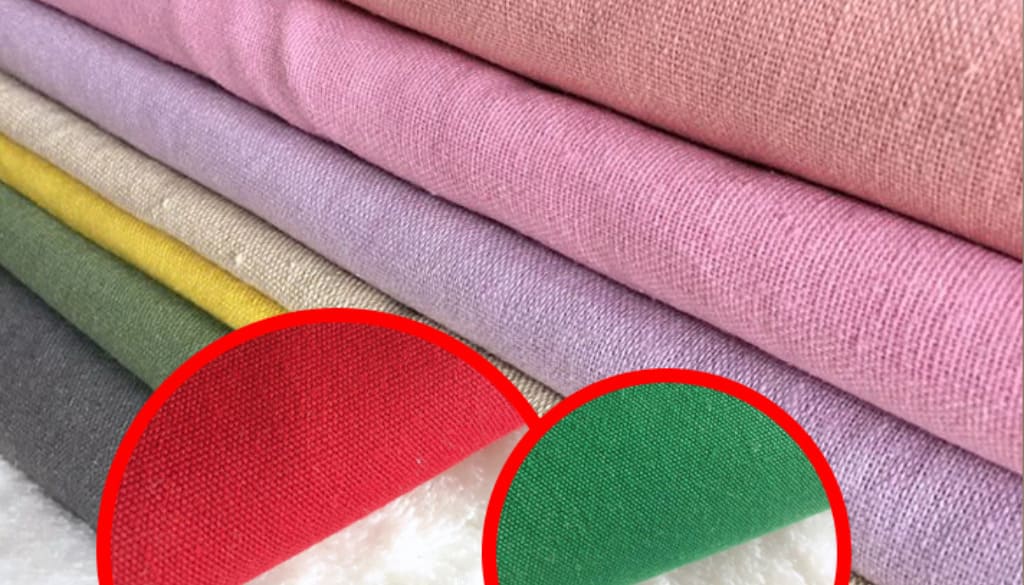
To make it easy for you to visualize and practically apply, FlashShip shares the standard canvas printing process comprising 6 main steps:
Step 1: Canvas Preparation
- Cut the fabric according to the product dimensions.
- Treat the canvas surface with a specialized solution (if necessary).
Step 2: Image Processing
- Check the quality of the image.
- Configure the print file using specialized computer software.
Step 3: Canvas Printing
- Insert the canvas fabric into the printer.
- Check ink levels and printheads.
- Begin printing and monitor the process.
Step 4: Drying and Ink Fixation
- Dry the canvas thoroughly to ensure complete ink drying.
- Heat treatment (gentle heat pressing or using a heat press machine if necessary).
Step 5: Product Finishing
- Apply a protective coating to ensure color fastness and water resistance on the canvas surface.
- Frame artwork or complete the sewing process for products such as bags, backpacks, curtains, etc.
Step 6: Product Quality Inspection
- Check the printed image quality, colors, and ink durability.
- Carefully package and store the product before delivering it to the customer.
Important Notes for Effective Canvas Printing
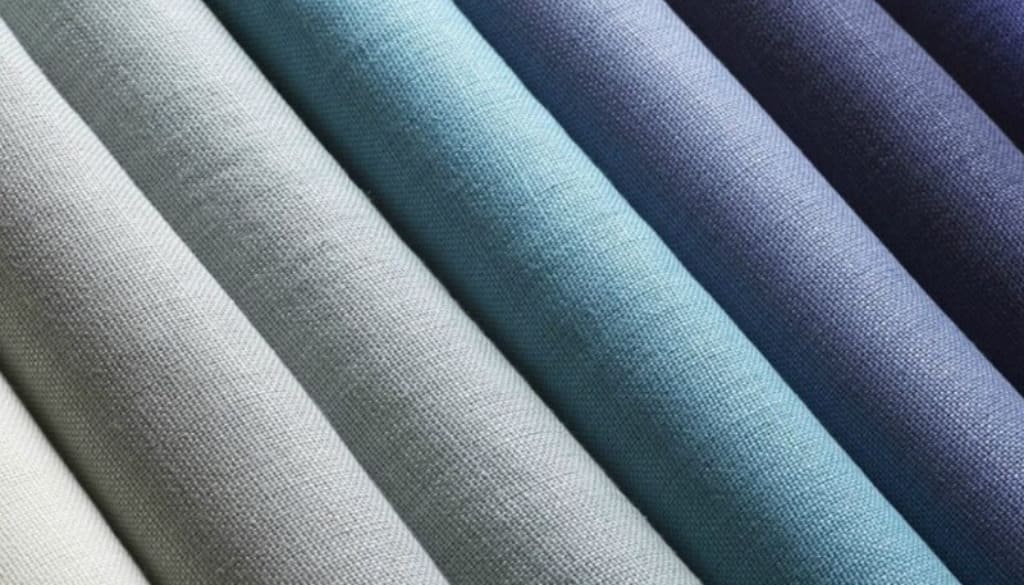
To surpass competitors, creating a product that’s merely “good enough” isn’t sufficient you must aim for excellence. Here are golden tips to elevate the quality of your canvas prints:
- Test Prints are Mandatory: Never skip the test print stage, especially with new designs or when working with a new supplier. Test prints help you accurately evaluate color fidelity, sharpness, and the actual feel of the product.
- Understand Color Variations: Colors displayed on your screen (RGB) will never match 100% with printed colors (CMYK). Accept minor variations and use Pantone color charts or physical color swatches if your design demands absolute color accuracy.
- Choose the Appropriate Canvas for Your Product: A premium art print requires thick cotton canvas, whereas promotional tote bags might use blended canvas for cost optimization. Avoid using one type of fabric for all products.
- Ink Quality Determines Durability: Clarify with your supplier about the type of ink they use. High-quality inks not only yield vibrant colors but are also environmentally friendly and safe for skin contact.
- Provide Customers with Product Care Instructions: Including a small note or care guidelines on your product page helps customers maintain product durability and enhances your brand’s professionalism. General care tips include:
- Avoid harsh detergents.
- Hand wash or machine wash on gentle cycles.
- Do not rub vigorously on printed surfaces.
- Air-dry in shaded areas, avoiding direct intense sunlight.
- For artwork, gently dust using a soft, dry cloth.
Printing on canvas is an art that combines modern technology with meticulous attention and material understanding. For POD sellers, in-depth knowledge of this process is not only a competitive advantage but also demonstrates respect for their designs and customer investment.
Through this article, we hope you have gained deeper insights into canvas printing methods, particularly DTG and DTF technologies. Choosing the right printing technique ensures sharp, durable products that best meet customer expectations, thus enhancing market competitiveness.
If POD sellers have any questions or need detailed advice, do not hesitate to contact FlashShip directly via hotline (+84) 943 024 337 or visit seller.FlashShip.net to place your orders!
Related Posts:

